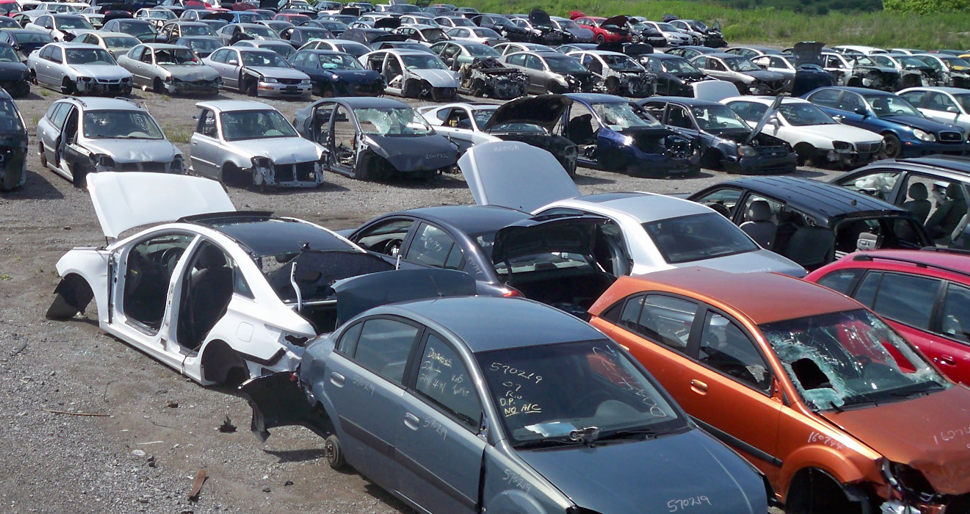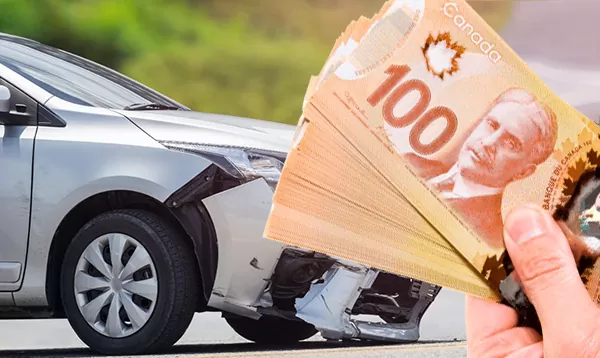The automotive industry has long been associated with high levels of waste, primarily due to the short life cycle of many vehicles and the large amounts of material that go into their production. However, the rise of auto wreckers has introduced a transformative solution to this problem. These specialists not only dismantle old, broken, or wrecked cars but also recycle and reuse valuable parts and materials. By doing so, auto wreckers play a pivotal role in reducing waste, conserving natural resources, and promoting sustainability. This article explores how auto wreckers turn what was once considered junk into gold, contributing to a greener and more efficient future for the automotive industry.
The Process of Auto Wrecking: Dismantling with Purpose
Auto wrecking is much more than simply disposing of old vehicles. It is a process that involves the careful dismantling of cars to extract parts and materials that can be reused or recycled. When a car reaches the end of its life, it is typically brought to an auto wrecker who inspects the vehicle for salvageable components. Engines, transmissions, doors, windows, and even smaller parts like lights and mirrors are removed and tested to ensure they are still in working condition.
Once the useful parts are extracted, the remaining body of the vehicle is crushed and sent to recycling facilities where metals like steel and aluminum are processed and reintroduced into the production cycle. This approach not only reduces waste but also ensures that valuable resources are not lost. Instead, they are repurposed and given a second life in new products. In essence, auto wreckers dismantle vehicles with a purpose, turning the end of a car’s life into an opportunity for recycling and reuse.
Reducing Landfill Waste Through Recycling
One of the most significant contributions auto wreckers make is the reduction of landfill waste. Every year, millions of vehicles are taken off the road due to age, accidents, or mechanical failure. Without the intervention of auto wreckers, many of these cars would end up in landfills, contributing to the growing problem of waste management. The materials in these vehicles, such as metals, plastics, and fluids, can take decades or even centuries to decompose, leading to long-term environmental harm. Services like cash for junk cars Caboolture play a vital role in ensuring that vehicles are dismantled and recycled responsibly, minimizing waste and reducing the environmental impact.
By recycling these materials, auto wreckers drastically reduce the amount of waste that goes into landfills. Steel, for example, can be recycled repeatedly without losing its properties, making it a valuable resource for the auto industry and other sectors. Plastics and glass can also be reused in new products, further decreasing the need for raw materials. The work of auto wreckers helps to ensure that fewer vehicles end up in landfills, ultimately contributing to a cleaner and more sustainable environment.
Conserving Natural Resources Through Reuse
Auto wreckers do not just reduce waste; they also play a crucial role in conserving natural resources. The automotive industry relies heavily on raw materials such as steel, aluminum, and rubber, all of which require significant energy and resources to extract and process. By salvaging parts and materials from old vehicles, auto wreckers reduce the demand for these raw materials, thereby conserving energy and minimizing the environmental impact of resource extraction.
The reuse of car parts also extends the life cycle of these materials, ensuring that they do not go to waste prematurely. Engines, transmissions, and other mechanical components are often refurbished and sold to consumers looking for affordable alternatives to new parts. This practice not only saves money for car owners but also reduces the need for new parts to be manufactured, leading to further conservation of resources. In this way, auto wreckers contribute to a more efficient and sustainable use of the earth’s finite resources.
Also visit: https://jimmycashforcars.com.au/
Supporting the Circular Economy
The concept of a circular economy revolves around the continuous use and reuse of resources, creating a closed loop that minimizes waste and maximizes efficiency. Auto wreckers are at the heart of this system, as they ensure that materials from end-of-life vehicles are reintegrated into the economy rather than discarded. The recycling of metals, plastics, and other materials helps to keep resources in circulation, reducing the need for new production and minimizing environmental damage.
In addition to recycling materials, auto wreckers also contribute to the circular economy by supplying refurbished parts to consumers and mechanics. These parts offer a cost-effective solution for vehicle repairs while also preventing the waste of components that are still in good working condition. By facilitating the reuse of materials and parts, auto wreckers help to close the loop on resource consumption, supporting a more sustainable and environmentally responsible economy.
Auto Wreckers and the Reduction of Harmful Emissions
The process of manufacturing new vehicles and components involves significant energy consumption and the release of harmful emissions. Mining raw materials, refining metals, and producing car parts all contribute to air and water pollution, as well as greenhouse gas emissions. By recycling materials from scrap cars, auto wreckers reduce the need for new production, thereby lowering the environmental footprint of the automotive industry.
In particular, the recycling of metals like steel and aluminum results in substantial energy savings. Producing steel from recycled materials requires significantly less energy than manufacturing it from raw ore. This reduction in energy use translates into fewer emissions and a smaller environmental impact. As a result, auto wreckers play a critical role in mitigating the harmful effects of vehicle production on the environment, helping to reduce pollution and conserve energy.
The Future of Auto Wrecking: Innovation and Sustainability
As the world moves toward a more sustainable future, the role of auto wreckers is expected to become even more important. With the increasing emphasis on environmental responsibility and resource conservation, auto wreckers will continue to innovate and improve their methods of recycling and reuse. Advances in technology may allow for even more efficient dismantling of vehicles, further reducing waste and increasing the recovery of valuable materials.
Additionally, as electric vehicles become more common, auto wreckers will need to adapt to the unique challenges of recycling these newer types of cars. Batteries, for example, require special handling and recycling processes to ensure that they do not pose a risk to the environment. By staying at the forefront of innovation, auto wreckers will remain a key player in the automotive industry’s efforts to reduce waste and promote sustainability.
Conclusion
Auto wreckers are far more than just scrap yards; they are essential contributors to the reduction of waste, the conservation of natural resources, and the promotion of sustainability within the automotive industry. By dismantling vehicles, recycling materials, and refurbishing parts, they help to extend the life cycle of valuable resources and reduce the environmental impact of vehicle disposal. As the world becomes more conscious of the need for sustainability, the role of auto wreckers will only grow in importance. Their ability to turn junk into gold not only benefits the environment but also supports a more efficient and responsible automotive industry.



